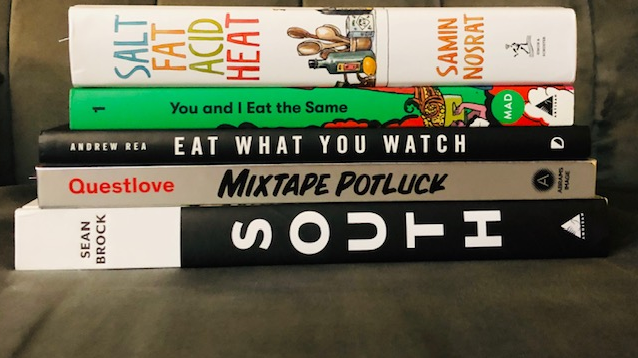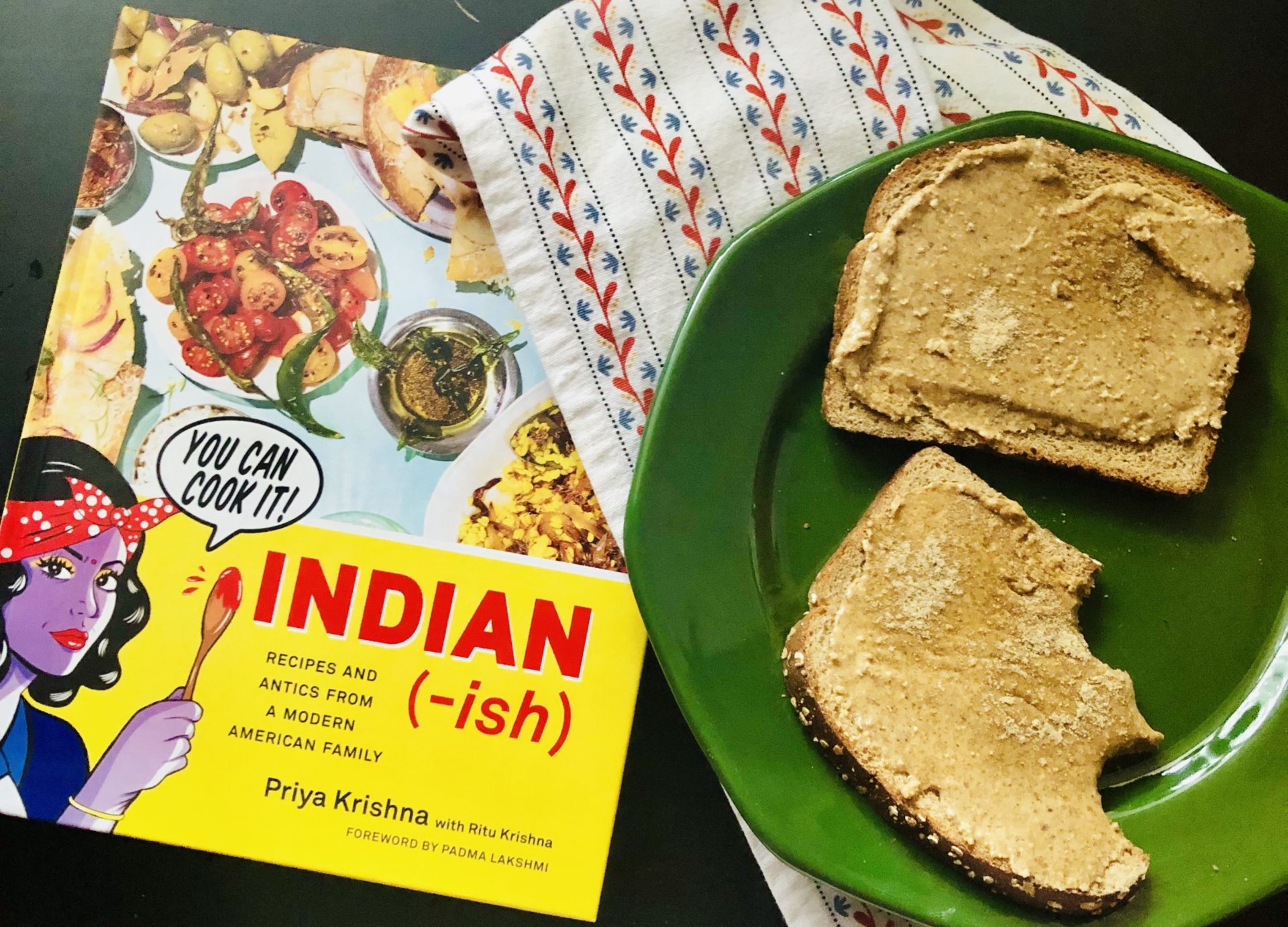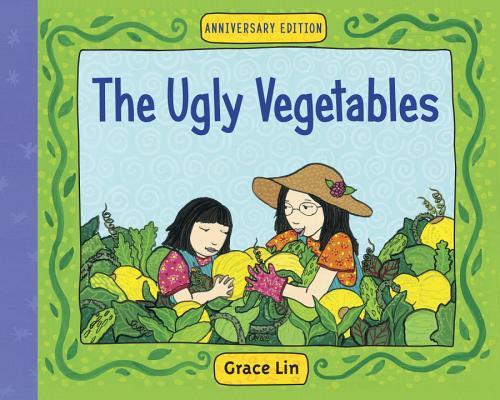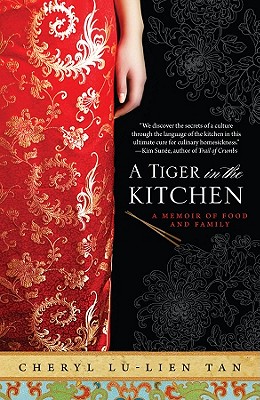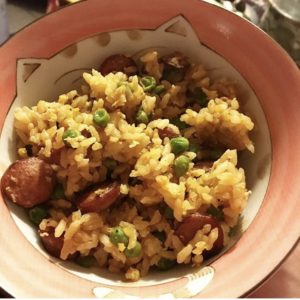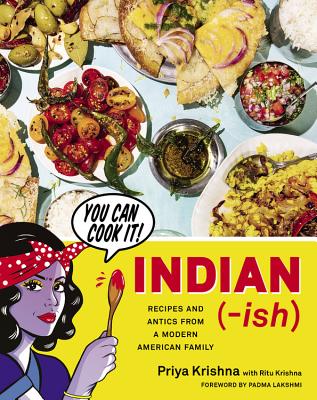I grew up obsessed with food. Between growing up in Singapore around all sorts of different cuisines and my parents and family cooking up all sorts of homemade deliciousness, I was always around something to taste or nibble on. Whenever my parents were cooking in the kitchen I always wanted to watch and help, and every time my parents would find something for me to help with. As I grew older, I graduated from taking cilantro leaves off of stems to filling and wrapping pierogis and wontons to cracking open a coconut to extract the milk and meat for my mom’s beef rendang.
I try to keep these memories in focus when I buy children’s books for friends and family. I want them to be able to have amazing food experiences together. I’ve been adding to this group of children’s books about food over the years, but my favorite specific group of children’s books is about food with a recipe included. This to me feels like the ultimate way to get kids excited about food and a way I have been able to convince picky eaters to try eating something new- read them a story about something different to eat, involve them in the cooking process based on that book, and they feel so accomplished with helping they give it a try!
With that notion, here are my favorite kids’ books with recipes for you to try at home with tiny humans. Please note: most of these books contain a pretty ambitious recipe for you to try, but I guarantee you that each book will fill up a full day experiencing new tastes, smells, and wonderful new memories with your kid to cherish over a wonderful new dish.
Cora Cooks Pancit by Dorina K. Lazo Gilmore
I read this growing up and it always stuck with me. It’s about a girl who is the youngest of five kids and she always gets stuck with the “kids” food prep. When all of her siblings are occupied doing other things, she finally asks her mom to show her how to make pancit, a Filipino noodle dish. This book and recipe is perfect for kids who want to want to be the boss.
Octopus Stew by Eric Velasquez
This book has made the rounds in the office as it was both 2019 Festival title and a pick for 2020 Reading Rock Stars Houston. It’s a fun story about making, well, octopus stew, that will make children giggle with the silly situation the characters get in when they cook things incorrectly. This book and dish are perfect for the adventurous kid who isn’t afraid of touching an octopus.
Amy Wu and the Perfect Bao by Kat Zhang
This was maybe my favorite kids’ book at the 2019 Festival and it was a pleasure to meet Kat Zhang when she came to the 2020 Reading Rock Stars Dallas / Fort Worth program (I often don’t get to see the authors when I am working at the Festival grounds). It’s about a little girl trying to make to perfect bao, a bread-like dumpling with savory or sweet fillings. This story and recipe are great for kids who like to create their own versions of things or perfectionists.
The Empanadas That Abuela Made/Las Empanadas Que Hacia la Abuela by Diane Gonzales Bertrand
This book was a hit at the 2019 Reading Rock Stars Houston program and has a sweet story about family and togetherness. It’s about a family that comes together to make some empanadas with the grandmother leading the charge. This book and recipe are great for the family that needs to break up a cooking project into smaller projects. That way you can make the filling, dough, and the full empanada creation into three different pieces or days.
Bee-Bim Bop! by Linda Sue Park
This book was a 2017 Reading Rock Stars Austin book and it features one of my favorite recipes of all time. When I cook the wonderful Korean dish, that is also this book’s title, this is the recipe I draw from when I start. The book is about a girl helping prepare the meal and is so cute. The text has a sort of flow to it that I honestly think it would make a really cool rap with a beat behind it. The recipe gives some good info on which parts are better for kids and which parts are more suitable for adults. I would recommend this book to families who are just starting to learn how to cook together since it gives you good guidelines for you and your kids so everyone has a duty.
Fry Bread: A Native American Family Story by Kevin Noble Maillard
I love this book so much because it shares a history that is often overlooked. It celebrates the food and culture of Native Americans and the inception of fry bread. This book is a great way to keep your kids thinking about history and a perfect way to create a multi-leveled lesson for your little one while they are away from school. You can even incorporate a science lesson in cooking with the Maillard reaction and yeast fermentation reaction.


